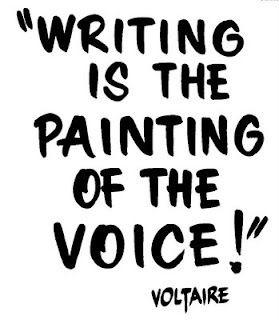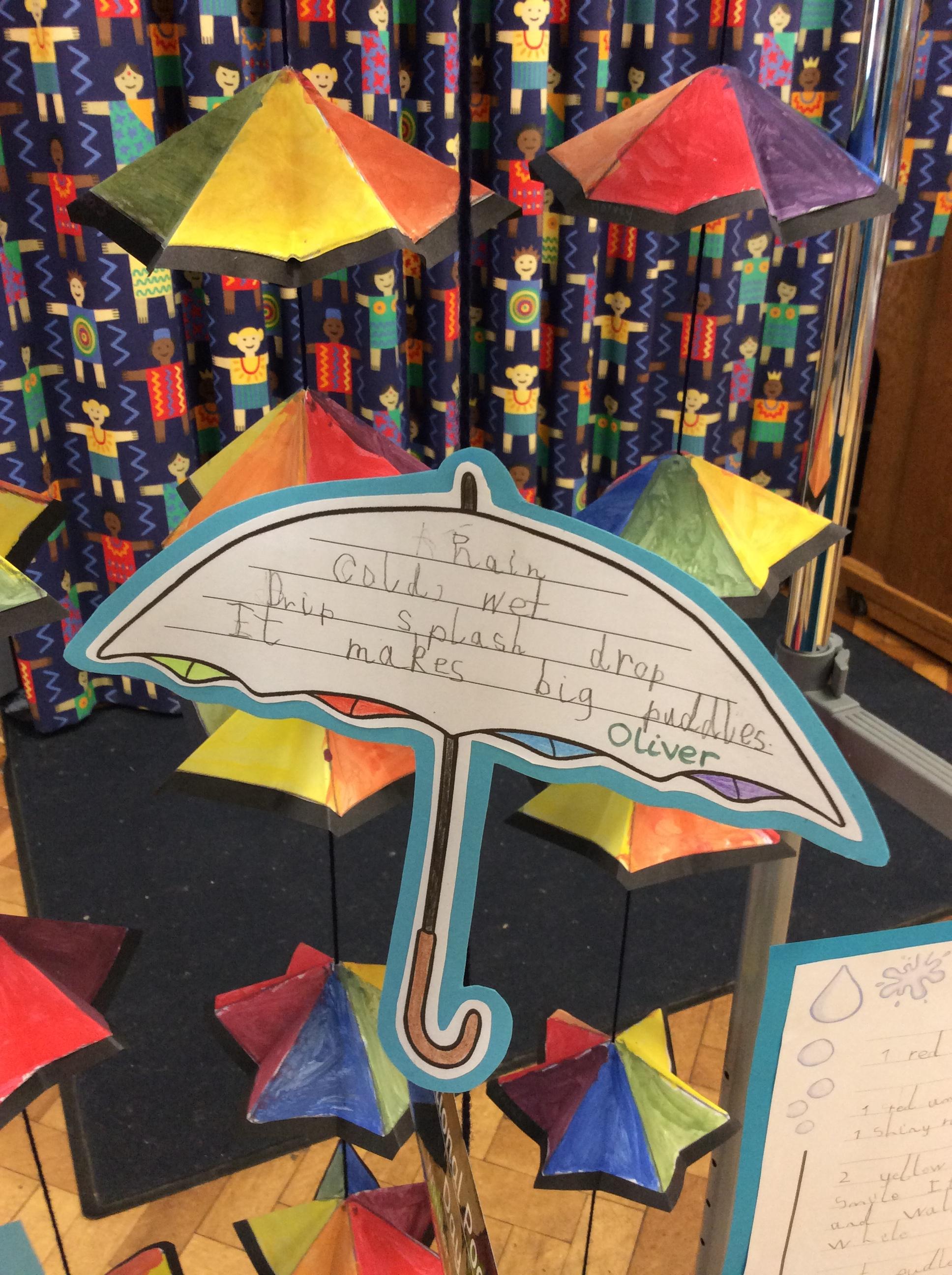Writing
Our vision for writing is that children leave Key Stage 1:
- being excellent communicators through writing legible sentences with good vocabulary, spelling and grammar and which are correctly punctuated;
- seeing themselves as good writers, understand what it means to be a good writer and with a knowledge of how they can get even better;
- having positive attitudes towards writing and write for pleasure;
- Being self-reflective and independent checking their writing where possible;
- Writing a range of text for a purpose and an audience that both inform and entertain and can communicate information, ideas, imagery and emotion.
Our Writing Long Term Plans
How do we teach writing at Pinewood?
Writing is an essential life-skill and we encourage our children to develop positive attitudes towards writing by exposing them to a range of quality texts and giving them a purpose to write. We provide a balance between writing process and outcome (end piece of writing) with careful thought as to the audience and purpose. Our writing sequences at Pinewood follow this framework, which is adapted and responsive to children’s needs and the year group they are in:

Throughout our writing sequence of learning, we follow many of Pie Corbett’s Talk for Writing principles because they are such a powerful way for children to internalise and imitate our language and if they can tell us a story, they can write a story.
We start off all our writing sequences by immersing our children in a quality text, whether fiction or non-fiction. We give lots of opportunities for children to practice orally rehearsing sentences through actions and drama and we encourage children to 'talk like the text'. A multi-sensory approach is used to help children remember key features of the text; we simplify the model text using a visual story map, flow map, story mountain or boxing up approach and we practice retelling the story regularly using Pie Corbett's talk for writing actions. As children learn the text, they build up their bank of interesting vocabulary, phrases and types of plot which they can then use in their own writing.
Genre-specific writing skills are then introduced and these are taught through shared and guided writing sessions. In Key Stage 1 we learn about grammar and sentence structure using 'Rainbow Grammar' techniques where the children are taught that different rainbow colours represent different parts of a sentence. Teachers give immediate, supportive and structured feedback throughout the sequence of work so our children gain confidence and know what their next steps are in order to become better writers.
By the end of our sequence of work, children are given an opportunity to independently apply the writing skills which have been taught and practiced. Some writers will take more ownership of their work and have the opportunities to innovate and invent their work demonstrating different writing techniques learnt. Some children will prefer to use the shared text to support their independent writing. By the end of Year 2 we aim for their writing to become increasingly independent; adding, embellishing, altering and manipulating the original structure.
We want our children to write for pleasure and we have special days and events throughout the year where we promote and celebrate our amazing writing!
















